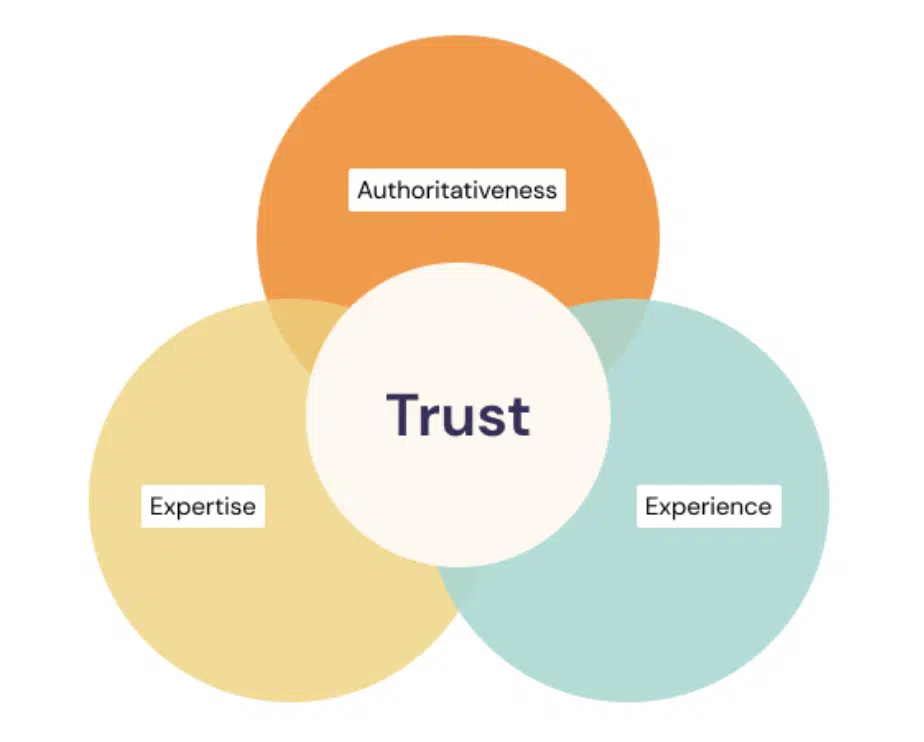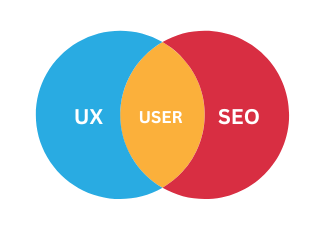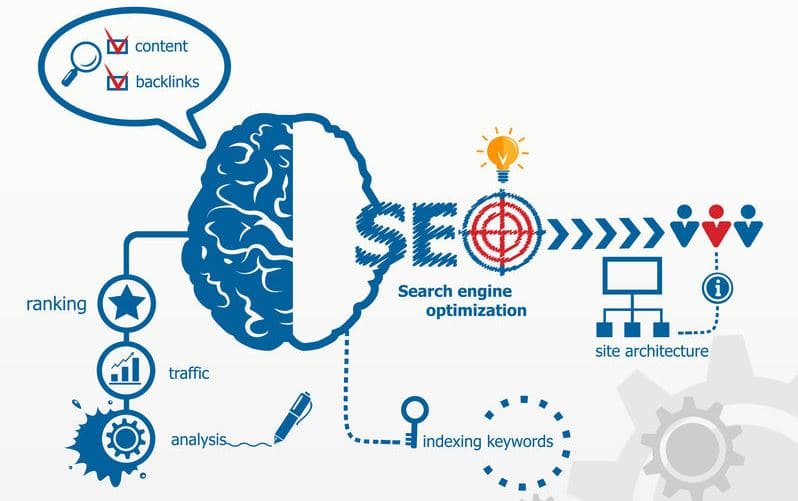Search engine optimization (SEO) is essential for healthcare providers. It strengthens brand awareness, increases online visibility, improves local search presence, and attracts quality search engine traffic.
While an important part of healthcare marketing, though, SEO in the healthcare industry isn’t easy. In fact, it can be downright challenging — and limited, too.
Most business sites need to take a long-term approach to begin ranking well in the SERPs. Even then, they typically won’t outperform industry-leading publications, such as .org sites like Mayo Clinic and Cleveland Clinic or .gov sites like the CDC.
With so little wiggle room, healthcare companies have to excel in their medical SEO if they want to boost their brand in the digital marketing landscape. Here are seven tips to help you do just that.
1. Get a Thorough Understanding of Your Goals
SEO takes time. You often won’t see results for months. The last thing you want to do is get those results and find that all this time they didn’t align with your mission or current marketing initiatives.
What are your goals at the moment, especially as they relate to SEO? Do you need more visibility online? Are you trying to drive more traffic to your site? Do you need to increase conversions? Does your brand need greater credibility in the eyes of consumers?
Clarify your mission and objectives first. Then use that information to guide each step you take as you create and execute a healthcare SEO strategy.
2. Invest in E-E-A-T Content
Winning the SEO battle is never easy. In the healthcare industry, it is especially difficult. Why? Because you’re talking about YMYL (your money, your life) content, which Google is extra careful to analyze when ranking.
As a healthcare provider, you want to clearly demonstrate your credibility through E-E-A-T content. The acronym stands for Experience, Expertise, Authoritativeness, and Trustworthiness.

Put yourself in your audience’s shoes. If you have a medical concern or question, you want to go to a company that you can trust, right? By creating helpful, educational content, you establish your company as that trusted brand.
In the case of healthcare, you should go even further by backing each piece with accredited professionals. Optimally, you would have them author the piece, infusing their first-hand clinical experiences (there’s your first “E”) into the narrative. Each piece they byline should link to their bio on the site listing their credentials and explaining why they are a trusted expert (there’s your second “E”) on the subject.
If you can’t find a provider willing to write a piece of content, don’t fret—there are alternative options that can still help build your authority. For example, a telehealth client I worked with didn’t have providers that would byline content, but a medical professional would review each piece for factual and clinical accuracy. However, this review process wasn’t noted on their site. I asked them to include a tag that said “medically reviewed by [provider name]” and the date it was most recently reviewed to help support E-E-A-T efforts. Doing so helped build trust with their audience and contributed to ranking improvements.

3. Hone in on Your Topical Authority
There are many aspects and nuances to every field, including healthcare. Where do you have unique health information and insights that you can offer?
As you create your SEO-optimized content marketing strategy, make sure you stay focused on the areas and healthcare services that you want to be known for. Don’t stray too far from the formula.
Google’s SEO document leak in early 2024 shows that sitewide topical relevance matters. If you use generic messaging, your brand will never stand out. Stay focused on what you’re good at.
With that same telehealth client, I even saw that ranking in the SERPs was easier in other health-related topical authority areas once we owned one healthcare-specific area. You should be able to rank quicker in other related areas if you dedicate the time and resources to building topical authority in one core area first.
4. Gather Multiple Perspectives
Healthcare content marketing is more than a professional sharing advice with patients. You want to hear from multiple perspectives. (That’s why we have the classic “let me get a second opinion” line in so many medical situations, right?)
In the case of medical SEO, you can seek out multiple professional opinions, but in many cases, some of the best content can come directly from your patients.
Look for stories that reinforce your company’s success and what you’re able to offer your clientele or patients. Use things like reviews to build trust, make your brand more relatable, and turn your site into a trusted source in the online healthcare community.
5. User Experience Matters With SEO
Good website optimization goes beyond well-crafted content. Healthcare content needs to be practical. It is the last place you want to bury a lede or drag things down with sluggish load speed or complex navigation. It also includes things like interactions, mobile friendliness, and site architecture.
If you want your healthcare website to attract organic traffic, you need to maintain a quality user experience (UX). This starts with technical SEO elements like page speed, load times, and image sizes.

Good calls to action (CTAs) are also important for engagement. Provide intuitive navigation, easy-to-find information, and accessible-friendly options so that everyone who finds your content through the SERPs has a positive and insightful experience.
6. Optimize Local SEO
Many healthcare operations are local. Hospitals serve geographic regions. So do doctor’s offices, dental practices, and urgent care clinics.
If you have a local aspect to your healthcare organization, you want to make sure it’s optimized to help potential patients closest to you find you. An urgent care center in Oakland, California won’t be able to help much if it’s the top result for someone with a medical emergency searching for local support in Miami.
You can improve your local SEO by including geographic information (like an address) across your website. You can also use Google Map Pack to ensure you show up in the local listings by geographic location, too. Claim your Google My Business listing, as well, and then fill in your information to encourage the search giant to target local search results to your site.
7. Invest in Quality Backlinks
As you build your healthcare website’s SEO through educational, high-quality on-site content, you also want to consider backlinks. These happen when a third-party site links to a piece of your content.
Good backlinks are best when they are on important keywords (called anchor text) and link to content that closely matches search intent. For instance, you could link to a CPR instruction page on the words “CPR manual” or something similar.
For the healthcare client I mentioned above, backlinks were a way for us to support the visibility goals for some important keywords. However, we weren’t just expecting backlinks alone to move the needle—we were most successful and saw the most significant increases in ranking overall when we executed a comprehensive onsite content strategy in tandem.
Once you have great content, look for digital PR opportunities to get your business mentioned and linked to on quality industry websites and publications. Getting backlinks from respectable healthcare websites boosts your credibility and can make sure you’re getting the most out of your SEO efforts.
Using SEO to Shine Out in the Healthcare World
Healthcare is an important, high-demand field. However, there is a lot of competition on a local, regional, national, and even international level.
Effective SEO is a key tool that can make your healthcare business shine. It can help your audience find your content in their search results, click through, and then work their way down your online marketing content funnel.
If you aren’t sure what that funnel looks like, or you need help crafting an SEO strategy in the first place, feel free to reach out for a free strategy session. Our team of growth marketing experts can help you manage the pitfalls of this high-stakes YMYL field, craft elite E-E-A-T content, and ultimately crush your healthcare marketing goals.







